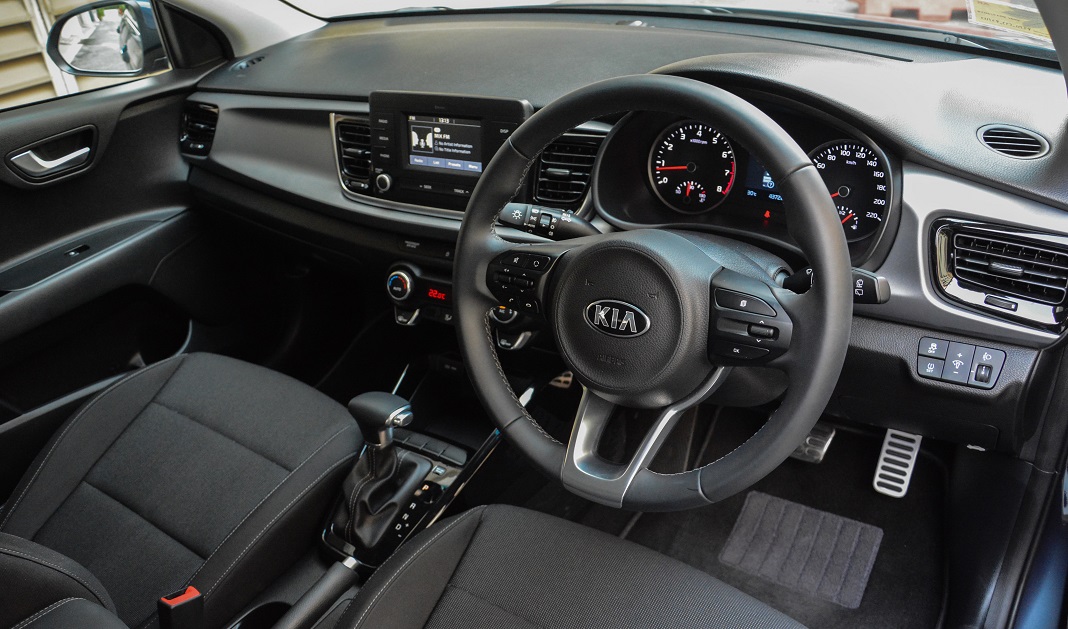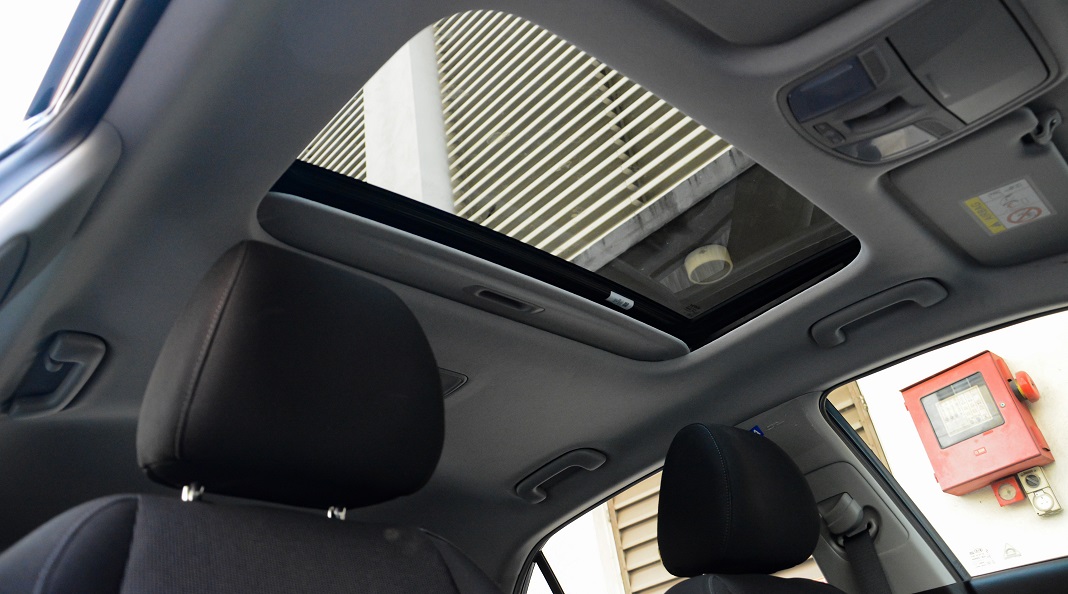 I know, the title doesn’t make sense; the Perodua Myvi is already king of the hill many times over…but only in Malaysia. No matter how hard Perodua thumps its chest and touts market leadership, the second national carmaker will have to at some point get exports up and running as growth stagnates at home. But before the proxy of Daihatsu/Toyota can dream of challenging the likes of the Honda Jazz in this region or the Volkswagen Polo in Europe, it’ll first have to come through many talented midfield runners, one of them would be the Kia Rio you see here.
I know, the title doesn’t make sense; the Perodua Myvi is already king of the hill many times over…but only in Malaysia. No matter how hard Perodua thumps its chest and touts market leadership, the second national carmaker will have to at some point get exports up and running as growth stagnates at home. But before the proxy of Daihatsu/Toyota can dream of challenging the likes of the Honda Jazz in this region or the Volkswagen Polo in Europe, it’ll first have to come through many talented midfield runners, one of them would be the Kia Rio you see here.

What is it?
At a glance, you’d think the fourth-generation Rio is the new VW Polo; all grown up with its refined look and spot-on proportions. It doesn’t hurt that it has a set of attractive lighting equipment fore and aft, complemented by uncommonly large alloys (17-inch items shod with Continental SportContact 5 rubber no less) which are perhaps the only feature that’s showy; otherwise the Rio looks confident, if not stylish.

Opening the driver’s door reveals a premium-looking interior, at which point you realise the Koreans have the basics sorted once and for all, and that our national makes still have some ways to go. There’s something rather pleasing about the Rio’s ergonomics; the dash layout is logical and easy to get the hang of, while the controls feel tactile and well made. It also requires little effort to dial in a good driving position, an attribute not to be taken for granted in any affordably priced car.
 While the Rio isn’t quite a match for the Honda Jazz in terms of clever practicality nor the Myvi in outright legroom, the overall space that it serves up is competitive in the compact B-hatch class, particularly to the people who buy these cars. Besides, the sole variant sold here comes with the full plethora of airbags, rear view camera, tyre pressure monitoring, even a sunroof but curiously misses out on Android Auto or Apple CarPlay.
While the Rio isn’t quite a match for the Honda Jazz in terms of clever practicality nor the Myvi in outright legroom, the overall space that it serves up is competitive in the compact B-hatch class, particularly to the people who buy these cars. Besides, the sole variant sold here comes with the full plethora of airbags, rear view camera, tyre pressure monitoring, even a sunroof but curiously misses out on Android Auto or Apple CarPlay.
 How does it drive?
How does it drive?
With Europe being the biggest consumer of Rio hatchbacks, powertrain options for countries with no penchant for three pedals or diesels was always going to be limited, which explains why there’s only a 99hp/133Nm 1.4-litre four-cylinder mated to a four-speed auto under the Rio’s bonnet. If there’s any consolation, our ASEAN neighbours and even the Aussies also get the same engine with the modest output. Bummer.
 While a four-speed auto does sound arcane in 2018, the issue isn’t so much a deficiency of gear ratios but of newton metres. The competition probably isn’t that much quicker and whatever performance that’s available from the Rio is adequate for city-centric duties, but it would have been so much better if the 1.4-litre offered more poke (and less strain in the upper rev ranges) to complement the Rio’s able handling, which is predicated on firmer suspension set up relative to typical Asian offerings.
While a four-speed auto does sound arcane in 2018, the issue isn’t so much a deficiency of gear ratios but of newton metres. The competition probably isn’t that much quicker and whatever performance that’s available from the Rio is adequate for city-centric duties, but it would have been so much better if the 1.4-litre offered more poke (and less strain in the upper rev ranges) to complement the Rio’s able handling, which is predicated on firmer suspension set up relative to typical Asian offerings.

Should you buy one?
The Rio is 40% costlier than the priciest Myvi variant, so it isn’t quite in the same basket of consideration. And it’s probably too optimistic to expect Kia and local partner Naza to disrupt Myvi’s dominance like how they are trying with the locally assembled Picanto one rung below. That said, the Rio does square up nicely against contemporaries such as the aforementioned Jazz, Mazda 2 and Volkswagen Polo thanks to its rich specs, fully imported build and good looks, so you should give it the attention it deserves. But with further liberalisation expected in the Malaysian automotive industry, and when Perodua steps out of its comfort zone, the Rio would be one of the cars that the Myvi needs to beat.
